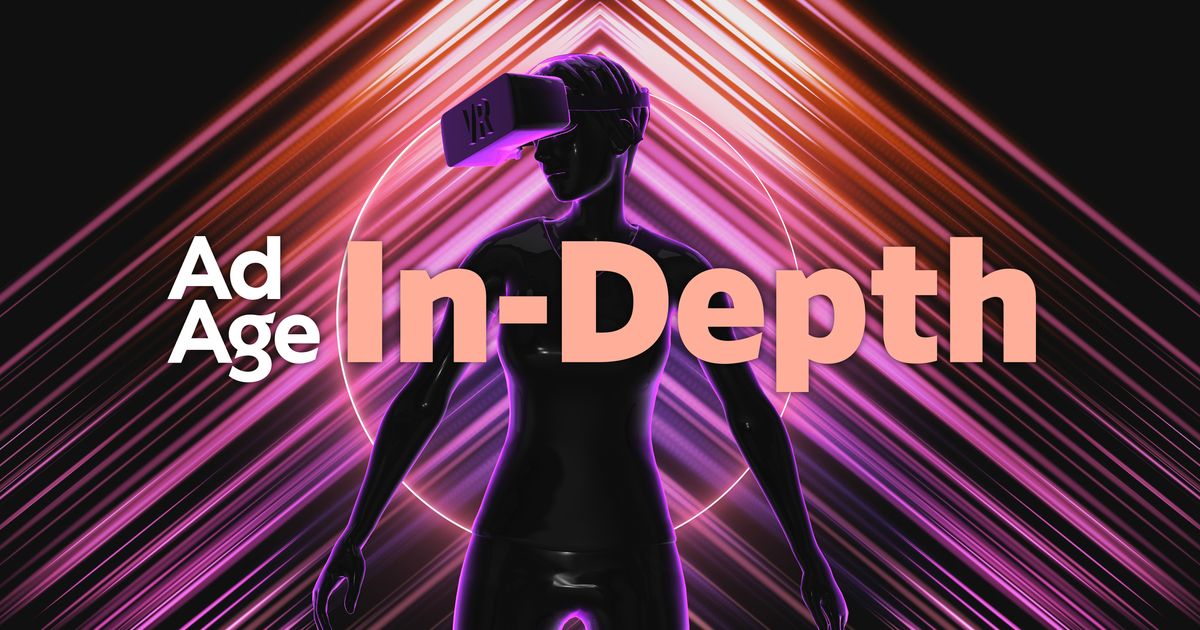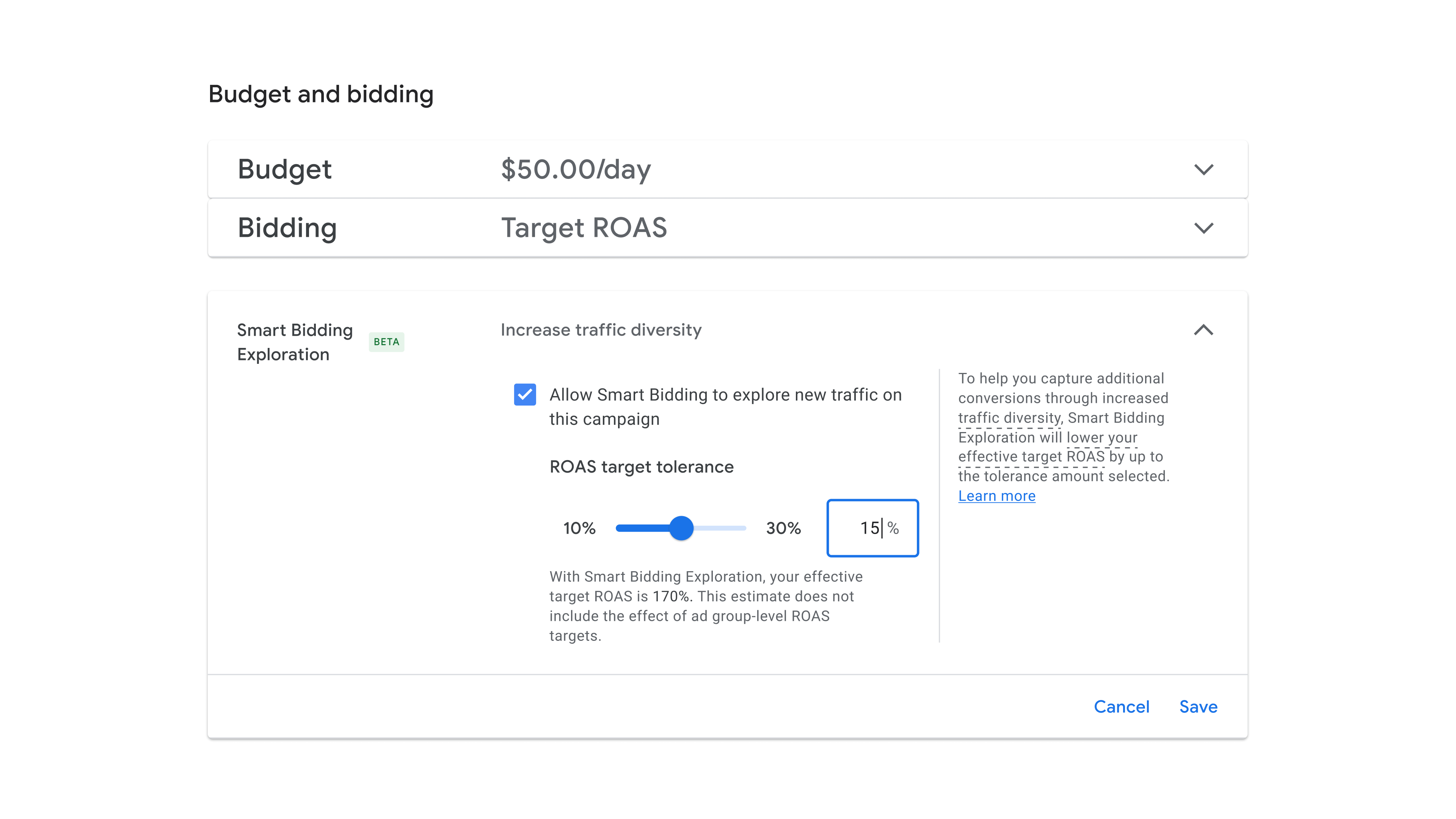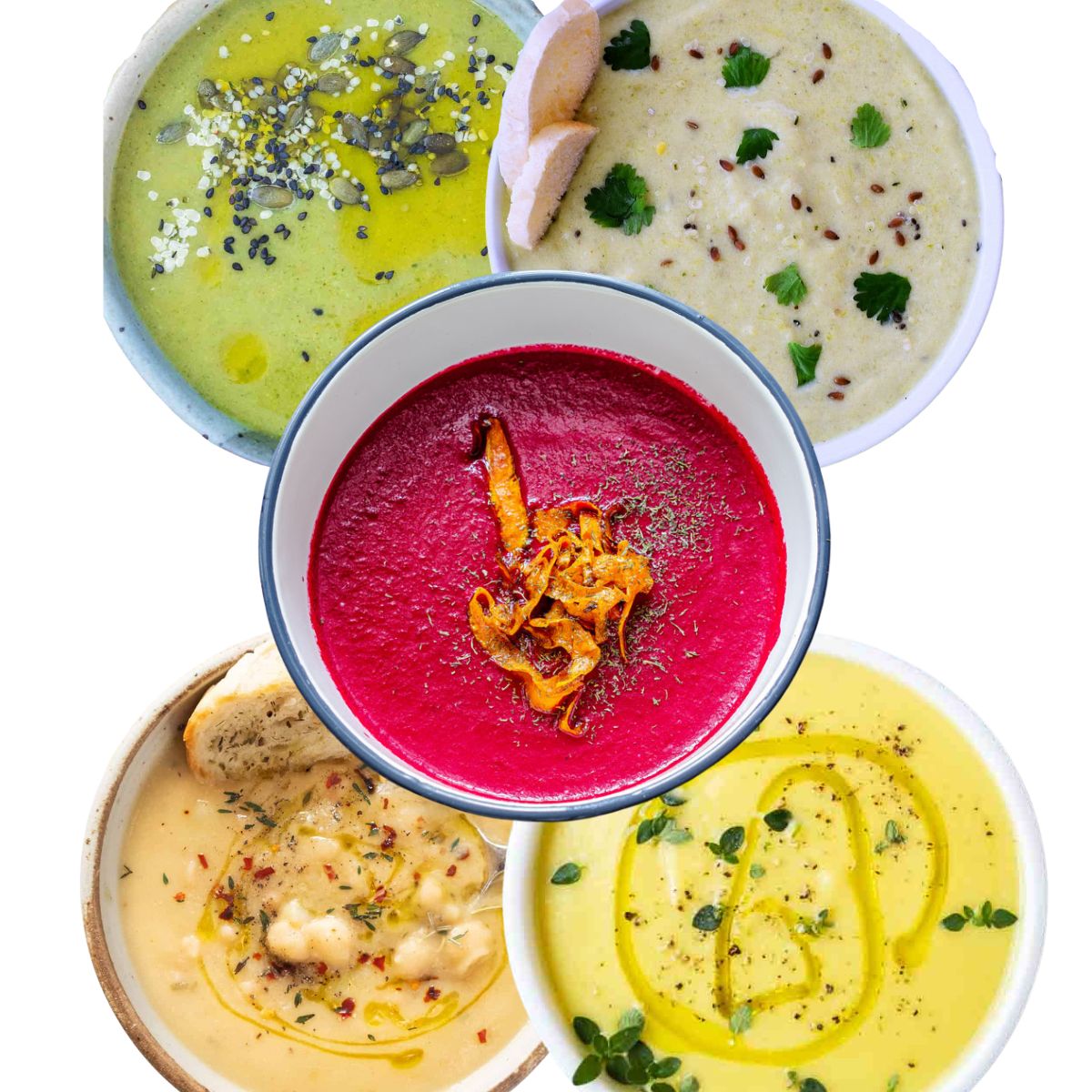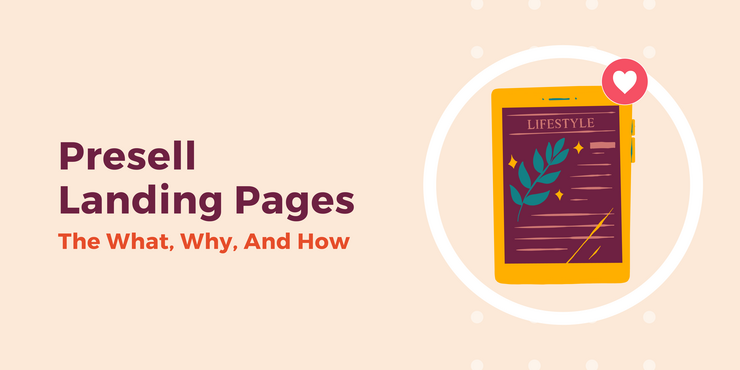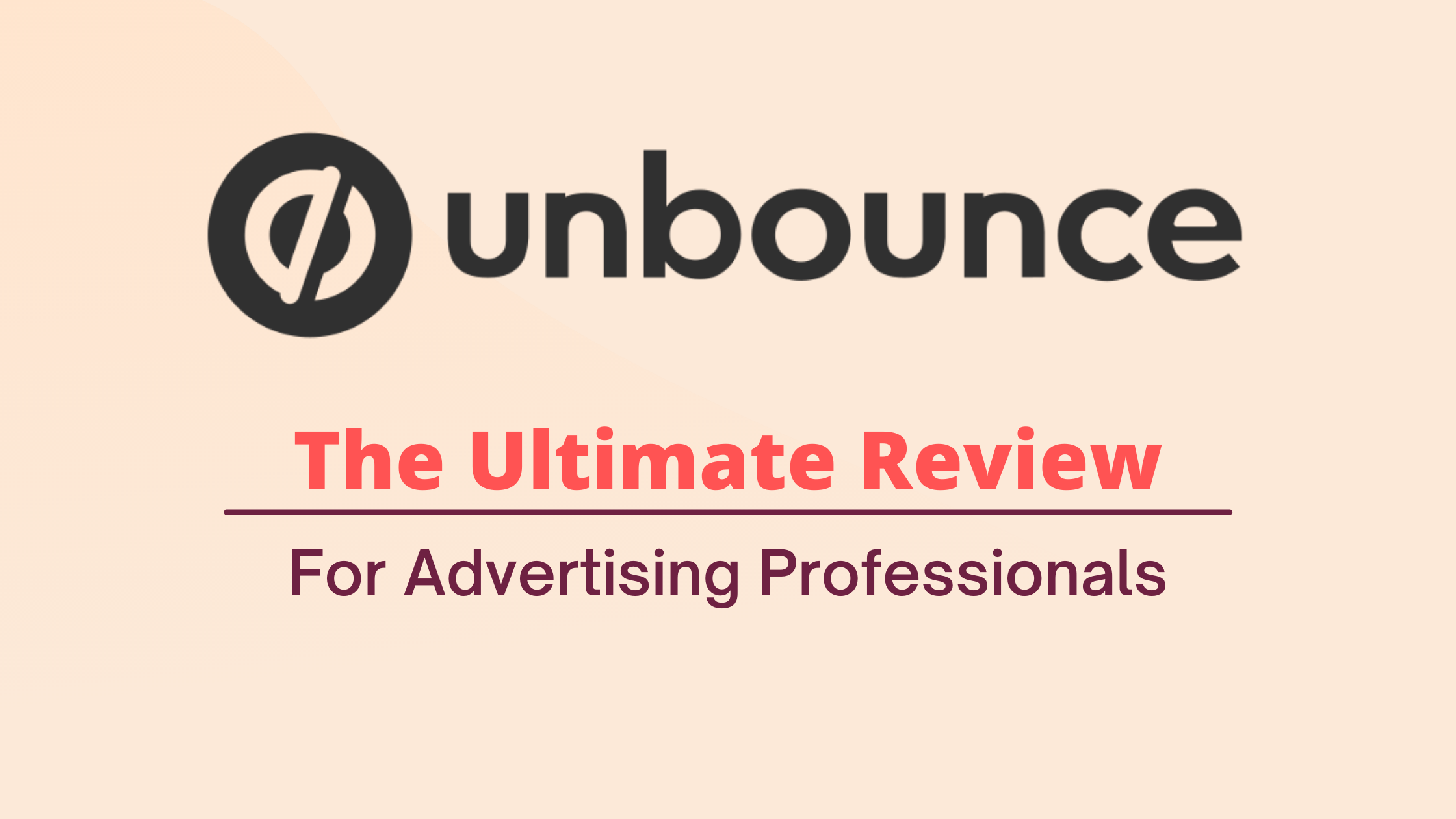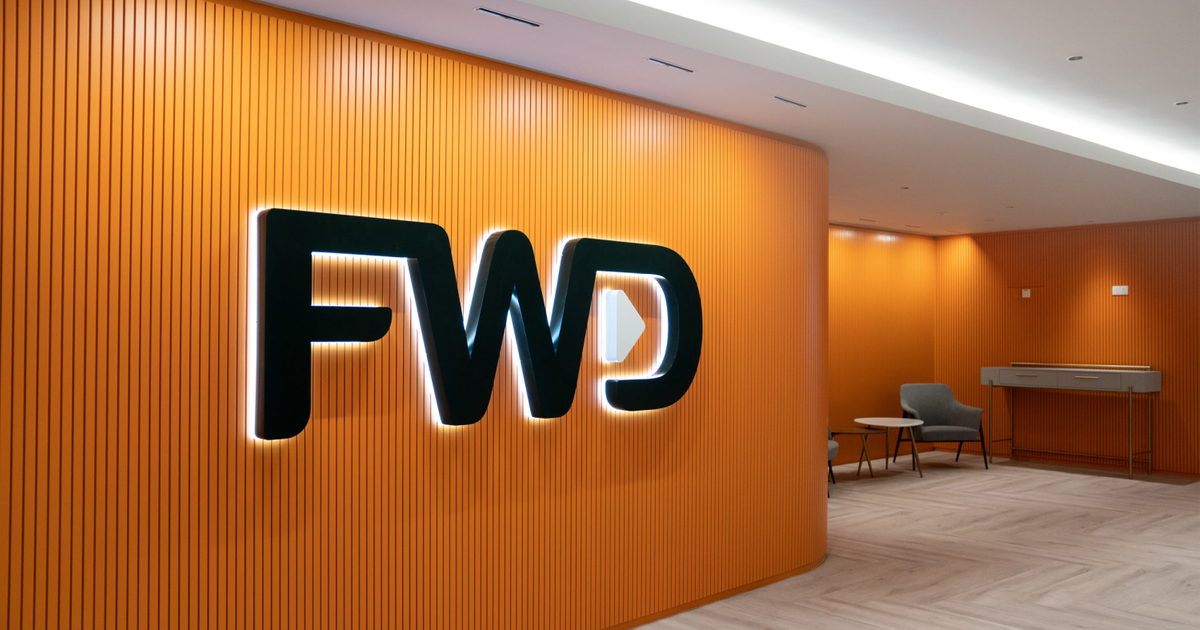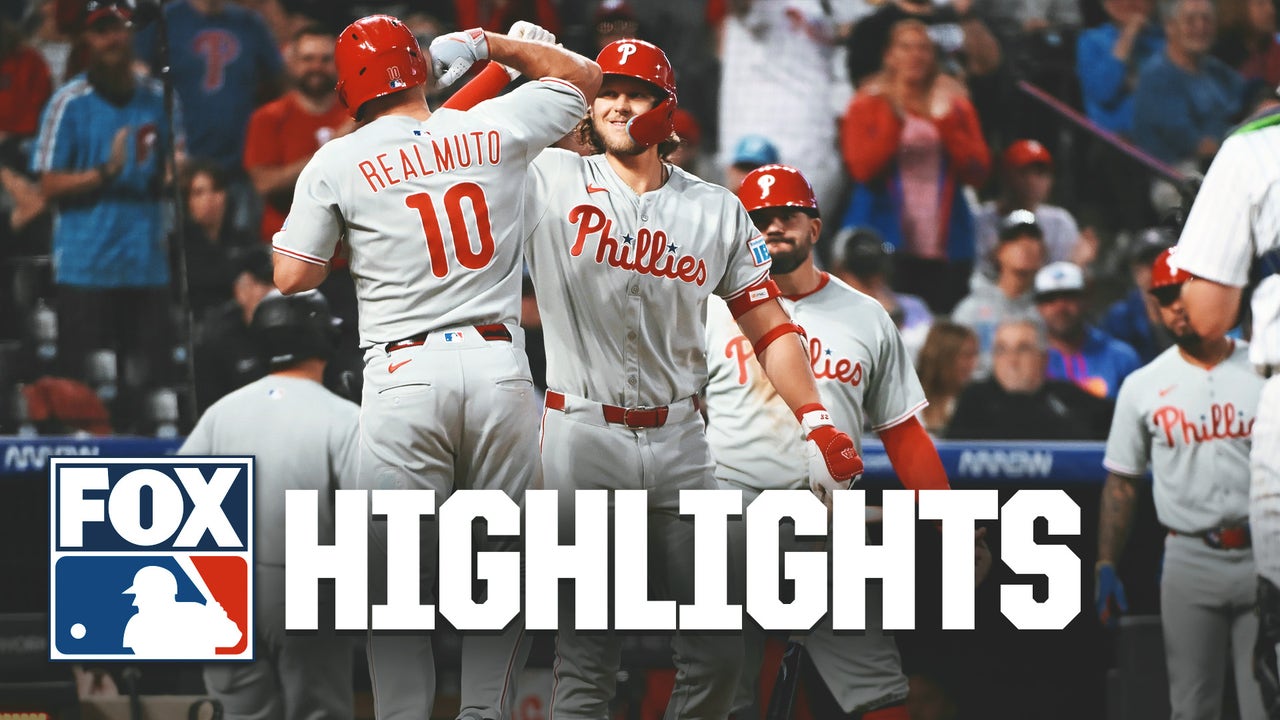A full-funnel approach to influencer marketing through automation
As social media has become the new search engine, influencer marketing is an increasingly powerful way to reach audiences with both authenticity and impact.

Consumers today have complete control over how they engage with brands. They no longer trust traditional advertising and marketing tactics, but at the same time they're engaging more and more with social platforms such as TikTok and YouTube. Through this content, they increasingly source commercial information on products.
As a result, brands look to grow their social currency through influencer marketing. This is great news for creators and influencers who mostly build capital through social media. But marketers should consider that social media has become a type of search engine, because people turn to creators and influencers for information and recommendations before purchasing.
The hardest part for many businesses working with creators and influencers is understanding the payment structure. Individual contract negotiations are challenging, and manually keep tabs in spreadsheets makes data cumbersome, which is neither sustainable nor scalable.
Fortunately, influencer marketing has long since evolved beyond the basics. Paying the celebrity of the moment to post a selfie with a product is no longer the go-to option. Today, consumers are looking for authentic reviews and recommendations on the things they want to buy. And, they value transparency often above all else.
Influencers know this first-hand. They interact with audiences daily, and very often they know how the content they create will be perceived before they even post it. Most creators also desire to work with brands they align with, promoting the products and services they're compatible with, and truly believe in.
Creators know their audience
Everyone among the many tiers of influencers—from the mega-celebrities to micro and nano creators—has learned to filter their content to not dilute their brands. These creators may have spent years building a following, and they’ve carefully crafted their niche specialties, whether, for example, in the food and drink space, health and wellness, gaming or beauty. Over the past several years, and with the advancement of video technology in social media apps, they've also become more entertaining in how they present content.
Because creators know their audience, sponsored posts or advertising partners must complement and blend into that rhythm. Otherwise, it will reflect poorly on the influencer and the product or brand.
“If your audience believes you're doing this for the sole purpose of a paycheck and without keeping them in mind, it leads to a lower quality experience for a user when they view your profile,” said Florida-based musician and microinfluencer Jordan Royale.
But many brands unwittingly stumble into the pitfall of asking creators to change the way they engage followers, and then measuring them against improbable outcomes. The better, more sustainable strategy is to think differently about success and attribution.
Reconsider the influencer’s place in the funnel
Modernizing and supercharging your approach starts with a product or brand endorsement on an influencer’s feed. But the primary goal is not conversion.
While offering promo codes for the most loyal followers has its place, brands should consider influencer placements as a “warm” introduction rather than a pure sales channel. Creators don’t need to push the product overtly for the brand to gain reach. Brands need the creator to introduce them to a new audience. For an influencer’s partner, awareness may be more important than conversion.
Consumers trust authentic creators and offer genuine, expert advice and recommendations in their respective categories. Brands that appear in consumer searches and research are only there because of this third-party validation. Trust comes from an objective source over and above the brand itself.
Ultimately, consumers don’t care what the brands are saying. They want to hear from other people or social networks to confirm truth in brand marketing.
In a recent report on shifting perspectives on influencer marketing across the funnel, impact.com also found that 73% of marketers who leverage influencers and creators over a longer period rank trust and authenticity as the biggest strengths of this type of marketing. While some marketers consider using influencer marketing for shorter, more awareness-driven campaigns, brands foster more long-term, relationship-driven partnerships, both on a fixed-fee and performance basis after seeing positive results.
Automate attribution for scale
As a partnership technology leader for a decade, impact.com supports customers ranging from small and mid-sized companies such as Zero Co, and Interparfums to enterprise corporations like Walmart and Ticketmaster. They have long championed a full-funnel payout strategy for partners. The reason: The last click isn’t always the most important one.
Giving brands and creators equal access to these tools is critical to creating meaningful relationships. The resulting campaigns will then successfully move the industry into its next evolution, one that doesn’t involve intrusive display ads, doesn’t annoy customers—and doesn’t lead to inflated budgets and poor ROI.
The future is customer-centric. Consumers follow creators and perform research their own way. The brands that pivot now will see the returns for years to come.

 Lynk
Lynk 











